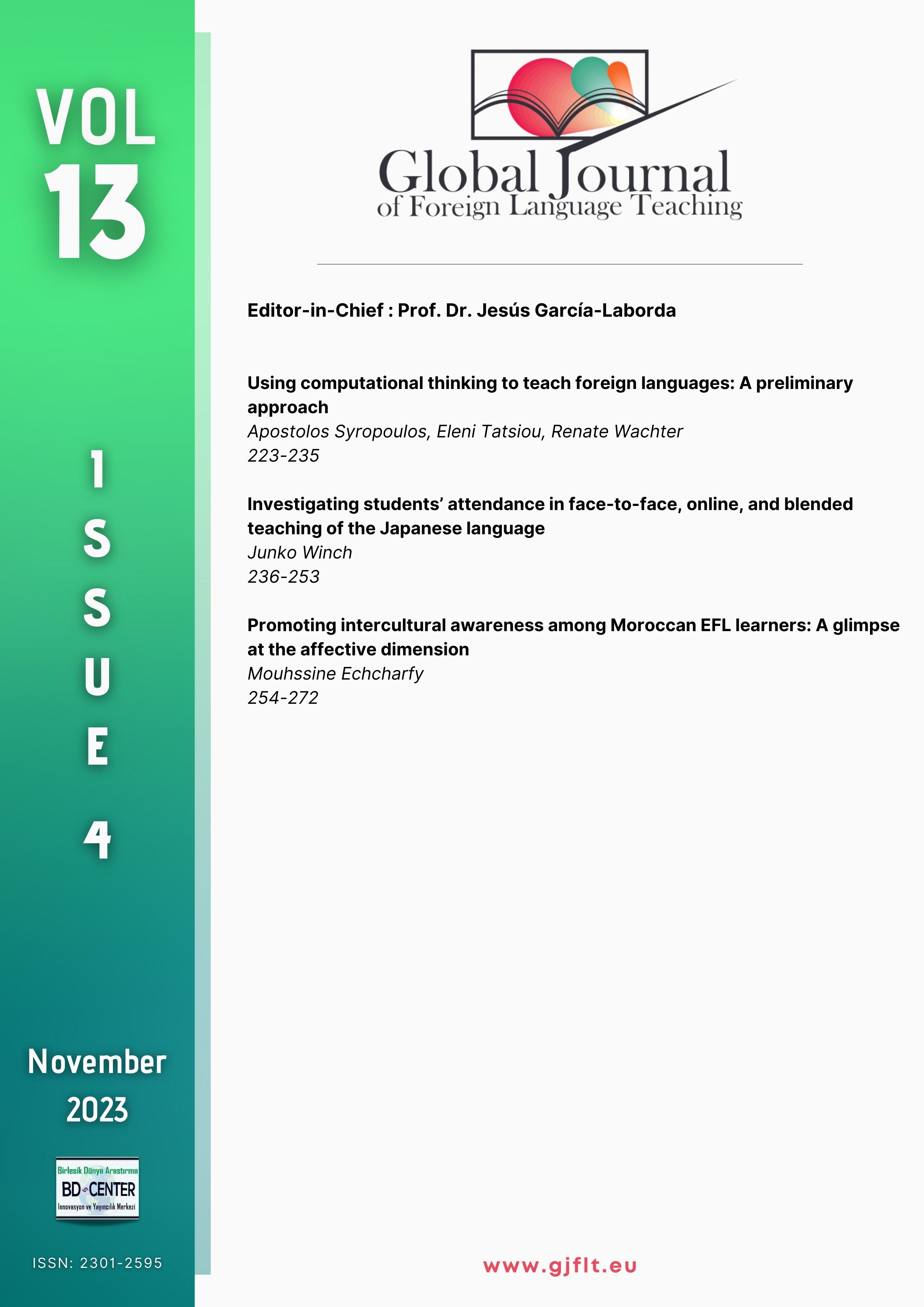Investigating students’ attendance in face-to-face, online, and blended teaching of the Japanese language
Main Article Content
Abstract
This study aims to compare which mode of teaching delivery has the highest attendance rate among face-to-face, Emergency Remote Teaching, hybrid, and online-only courses using two different British universities between 2017 and 2022 for a five-year duration. Two types of investigations were undertaken for both universities, but not necessarily simultaneously every year. The data collection comprised two components, attendance register and students’ Module Evaluation Questionnaire comments. Mixed methods were used. The total participants of this study were 316 students who studied the Japanese language, the majority of whom were between 18 and 21 years old. Their results show that the order of high attendance rate was Emergency Remote Teaching, followed by face-to-face teaching , online teaching, and hybrid teaching .
Keywords: Asynchronous online teaching; attendance; emergency remote teaching; higher education; language learning; synchronous online teaching.
Downloads
Article Details

This work is licensed under a Creative Commons Attribution-NonCommercial-NoDerivatives 4.0 International License.
Authors who publish with this journal agree to the following terms:- Authors retain copyright and grant the journal right of first publication with the work simultaneously licensed under a Creative Commons Attribution License that allows others to share the work with an acknowledgement of the work's authorship and initial publication in this journal.
- Authors are able to enter into separate, additional contractual arrangements for the non-exclusive distribution of the journal's published version of the work (e.g., post it to an institutional repository or publish it in a book), with an acknowledgement of its initial publication in this journal.
- Authors are permitted and encouraged to post their work online (e.g., in institutional repositories or on their website) prior to and during the submission process, as it can lead to productive exchanges, as well as earlier and greater citation of published work (SeeThe Effect of Open Access).
